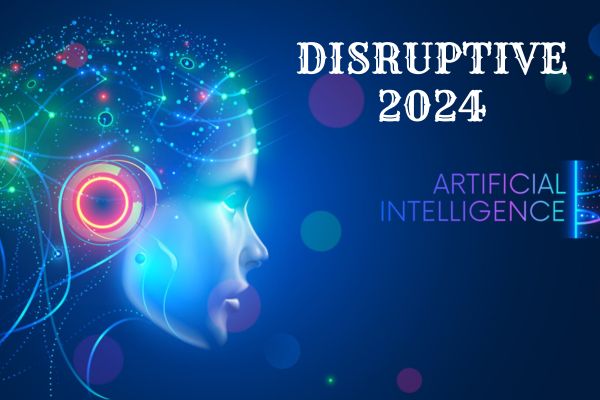| Peter Diamandis <peter@diamandis.com> There will be two kinds of companies at the end of this decade: those fully utilizing AI, and those that are out of business. Without question, there is a tsunami of change coming due to AI and other exponential tech. The question is: Will you surf on top of this tsunami, or will you get crushed by it? Where there is fear of disruption, there are also massive opportunities. Consider this: McKinsey’s latest analysis shows that generative AI alone will unleash $2.6 to $4.4 trillion in annual economic impact. The below chart is another way to look at AI’s impact, relative to the internet boom. This data is from Cathie Wood (CEO, Ark Invest), who will be on the faculty at the upcoming Abundance Summit in March. |

| The coming AI and biotech-related opportunities are MASSIVE. But personally, what keeps me up at night for the companies I’m involved in is **the difficulty of changing our fundamental business models**. Being agile enough to throw away the old strategies and restart with a clean sheet of paper is going to be crucial. My favorite cautionary tale is that of Kodak and the digital camera. Exponential Growth and the Story of Kodak In 1996, Kodak was at the peak of its power—$28 billion market cap, 140,000 employees, and a brand known in every household. They were also the first company to invent digital photography, which they had pioneered 21 years earlier in 1975 in Kodak’s labs. But there’s a catch. Kodak ignored the digital camera because it was a disruption to their profitable business model. The first digital camera only captured 0.01-megapixel images, and took 23 seconds to record that image in black and white on a tape drive! Kodak’s executives saw it as a toy, not a threat. And, they commented, “Besides, we’re in the paper and chemicals business, and this uses neither.” The next year these digital cameras took 0.02 megapixel images, then 0.04, 0.08, 0.16… and to the executives at Kodak, it all looked like flat linear growth. But 30 doublings later, the images were 1-billion-fold higher resolution… And in 2012, Kodak filed for bankruptcy, disrupted by the very technology they had invented and ignored. In that same year, Instagram—a company with just 13 employees—sold to Facebook for $1 billion. Today, Instagram is worth at least $100 billion. And Kodak isn’t alone in being disrupted by their inability to change. We’ve watched Uber destroy the taxi industry, Airbnb reshape hospitality, and Zoom fundamentally change how we think about business travel. But these disruptions are just the warm-up act… |

| Which Industries Are Next? Want to know which industries I believe are next on the chopping block? Education and healthcare. Our educational systems are still “teaching to the test,” clinging to content that was relevant 30 years ago. Our healthcare system is really a “sickcare” system. Did you know there’s a new medical research article published every 26 seconds? That’s 3,300 papers per day. How many of these research papers did your doctor read this morning? These industries are ripe for disruption, and AI is the tsunami that’s about to hit them. But they’re not alone—hundreds more industries will face similar upheaval this decade. Which industries do you think are next? Drop me a message on X @PeterDiamandis and let me know your thoughts. I’m genuinely curious to hear your perspective on what’s coming. Here’s the good news: change brings opportunity, and massive change, brings massive opportunity. The key is to embrace it, not fear it. In my next email, I’ll share three powerful strategies you can use to prepare yourself for exponential change and disruption. You’ll learn how to become what I call an “exponential entrepreneur”—someone who doesn’t just survive in this dynamic environment but thrives in it. Stay tuned. The best is yet to come… Exponentially yours, Peter P.S. Remember: The future is coming faster than you think. The question isn’t whether your industry will be disrupted, but when—and whether you’ll be the disruptor or the disrupted. |
